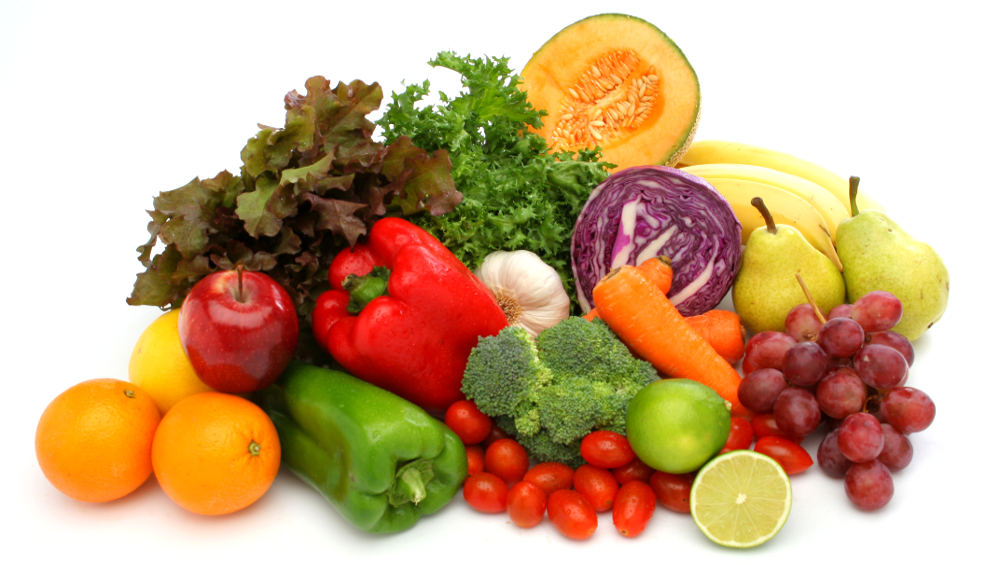We’ve all bitten into a juicy apple or savored the sweetness of a ripe strawberry. Fruits, with their vibrant colors, tantalizing aromas, and delectable flavors, are a cornerstone of a healthy diet. But have you ever wondered – are these gifts from nature truly natural, or are they the product of human ingenuity? The answer, like the perfect blend of sweet and tart in a well-ripened fruit, lies on a spectrum between the natural and the cultivated.
Unveiling the Natural Origins of Fruit
From a biological perspective, fruits are the ripened ovaries of flowering plants. They serve a critical evolutionary purpose – seed dispersal. The vibrant colors and enticing aromas of fruits act as a beacon to animals, particularly frugivores (fruit eaters). These animals, enticed by the tasty reward, consume the fruit and disperse the seeds within, often over long distances, aiding in plant reproduction.
This co-evolutionary relationship between plants and frugivores has shaped the incredible diversity of fruits found in the natural world. From the miniscule wild strawberry to the colossal durian, fruits come in an astonishing array of shapes, sizes, flavors, and textures. This inherent diversity highlights the natural origins of these delectable plant parts.
The Human Touch: Cultivating and Shaping Fruits
While fruits are undoubtedly a natural phenomenon, human intervention has played a significant role in shaping the varieties we enjoy today. This intervention primarily takes the form of selective breeding, a practice that has been around for millennia. Farmers would save seeds from plants with desirable traits, like larger size, sweeter taste, or improved storage capabilities. Over generations, these traits would become more prominent, leading to the development of new and improved fruit cultivars.
A prime example of this process is the humble apple. Its wild ancestors were likely much smaller and more tart. Through centuries of selective breeding, humans have cultivated a vast array of apple varieties, each with unique characteristics in terms of flavor profile, texture, and storage potential. Similarly, the banana we know and love is a product of human intervention. The wild banana, with its numerous seeds and less palatable flesh, has been transformed into the seedless, commercially viable fruit we consume today.
The process of developing new and improved fruit varieties continues today. Plant breeders are constantly working to create fruits with enhanced flavor profiles, improved resistance to pests and diseases, and even better yield potential.
Beyond Selective Breeding: Modern Techniques in Fruit Improvement
Selective breeding isn’t the only tool in the toolbox of fruit cultivation. Hybridization, the process of crossing two different plant varieties to produce offspring with desired characteristics, allows for the creation of entirely new and exciting cultivars. For instance, the tangy taste of citrus fruits like grapefruits and tangelos is a result of hybridization between different citrus species.
Grafting, another technique, involves uniting the scion (upper portion) of one plant with the rootstock (lower portion) of another. This allows for the combination of desirable traits, such as disease resistance from the rootstock and superior fruit quality from the scion.
Looking towards the future, genetic modification (GMO) technology offers potential for further advancements in fruit breeding. This technique involves directly manipulating a plant’s DNA to introduce specific traits. However, the use of GMOs is a complex issue with ethical considerations surrounding potential environmental and health impacts. Ongoing research and public discourse are crucial in navigating the responsible use of this technology in fruit cultivation.
Conclusion: A Spectrum of Natural and Cultivated
Fruits, at their core, are a natural phenomenon. Their origins lie in the intricate dance between plants and animals in the natural world. However, human intervention through selective breeding and other techniques has played a significant role in shaping the fruits we enjoy today. This highlights the concept of a spectrum – fruits are neither entirely natural nor purely man-made. They are a testament to the ongoing collaboration between humans and nature, a story etched in the vibrant colors and delectable flavors of these essential dietary components.
As we continue to cultivate and improve fruits, it’s vital to remember the importance of preserving biodiversity. Maintaining a wide variety of fruit types ensures the long-term sustainability of our food systems and allows us to adapt to changing environmental conditions. By respecting the natural origins of fruits while embracing innovation, we can continue to enjoy these gifts from nature for generations to come.

